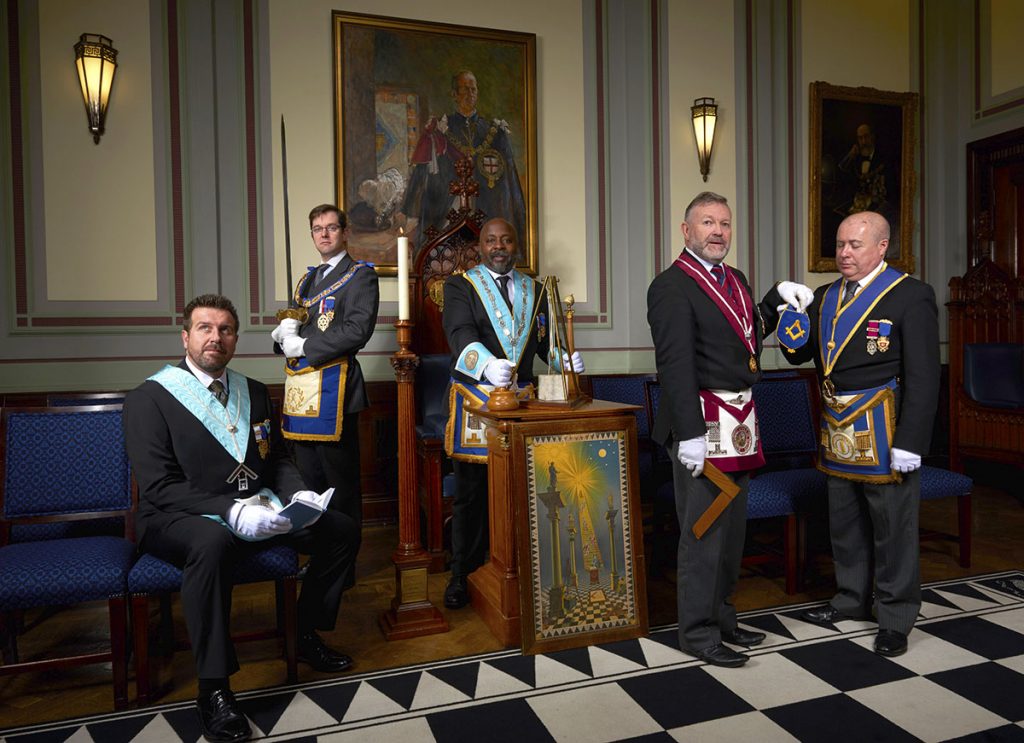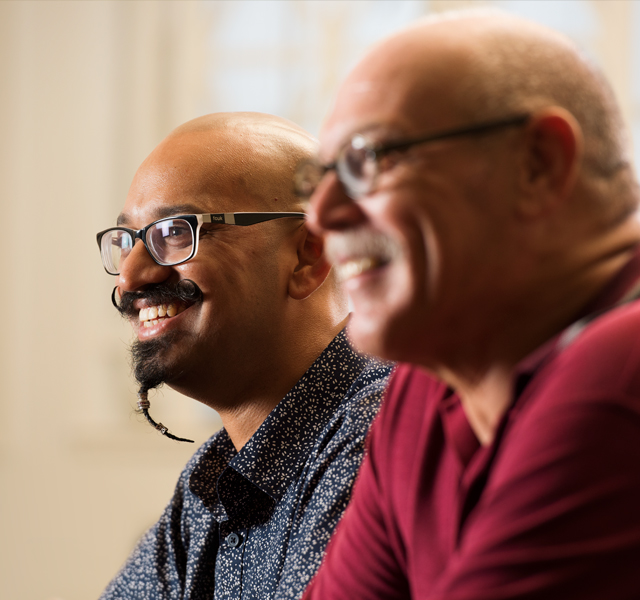Practical Steps You Must Follow for How to Become a Freemason Today
Practical Steps You Must Follow for How to Become a Freemason Today
Blog Article
Exploring the Mysteries of the copyright: What You Need to Know
The copyright, a term commonly shrouded in intrigue and dispute, stands for a complex tapestry of historic truth and contemporary misconception. Developed in the late 18th century, this secret society was at first rooted in the Enlightenment's perfects yet has actually given that ended up being synonymous with conspiracy theory concepts concerning elite control.
Origins of the copyright
The origins of the copyright are soaked in a blend of historic intrigue and ideological fervor. Developed in 1776 in Ingolstadt, Bavaria, by Adam Weishaupt, the team was initially created as a secret society targeted at advertising Knowledge suitables such as reason, secularism, and the splitting up of church and state. join freemason. Weishaupt, a professor of canon law, looked for to test the prevailing authority of the church and state, which he considered as overbearing establishments suppressing intellectual and individual flexibility
The copyright sought to hire prominent participants from various social industries, including national politics, academic community, and the arts, to foster a network dedicated to these Enlightenment concepts. The culture run under a shroud of secrecy, utilizing coded language and rituals to safeguard its members from mistreatment, especially given the repressive environment of the time. The copyright encountered considerable opposition from both governmental authorities and spiritual organizations, which watched the team as a danger to their power.
Trick Numbers and Participants
That were the crucial figures that shaped the copyright's very early influence and direction? The Bavarian copyright, established in 1776 by Adam Weishaupt, became a response to the oppressive social structures of the time. Weishaupt, a legislation professor, pictured the organization as a way to promote Enlightenment suitables such as factor, secularism, and equality. His preliminary employment initiatives included prominent pundits, such as Baron von Knigge, that played a vital duty in broadening the group's membership and business structure.
Another considerable figure was Johann Gottlieb Fichte, a noticeable philosopher whose concepts on nationalism and education and learning resonated with the copyright's objectives. Fichte was not an official participant, his thoughtful supports influenced the group's ideological background. Furthermore, figures like the writer and philosopher Johann Wolfgang von Goethe were related to the wider intellectual activities of the time, although their direct involvement with the copyright remains discussed.
These key numbers contributed to the copyright's very early instructions, pressing the boundaries of political and social thought, while their collective initiatives aimed to test established norms and cultivate an environment of dynamic adjustment in Europe. (join freemason)
Myths vs. Fact
Lots of misunderstandings surround the copyright, usually blending fact with fiction in a method that covers its real nature. The concept that the copyright proceeds to put in significant influence over world occasions is a misconception.
One more common misconception is that the copyright consists of a network of elite individuals adjusting international events. In truth, many conspiracy concepts overemphasize the team's importance, connecting unfounded motives to social fads and events. This has actually caused an oversimplified view of intricate concerns.
Furthermore, the representation of the copyright in prominent culture usually more distorts its legacy. Films and literature have a tendency to sensationalize the company's role, developing a narrative that splits from historical truths. Comprehending the distinction in between the misconceptions and the fact of the copyright is critical for critical the authentic impact of this historic group and identifying the broader ramifications of conspiracy theory concepts in modern culture.

Modern Interpretations
Contemporary interpretations of the copyright usually mirror wider societal stress and anxieties and an attraction with secrecy and power. This modern lens often links the copyright with conspiracy concepts that suggest a surprise elite coordinates globe events, manipulating federal governments and economic situations for their own gain. Such narratives take advantage of a deep-rooted wonder about of authority, specifically in times of crisis or social turmoil.
In pop culture, the copyright is often depicted as a divine organization shrouded in mystery, resulting in a variety of imaginary representations in literature, movie, and music. This representation offers not just to delight but additionally to provoke thought of the nature of power and control in contemporary culture. Social network has even more magnified these analyses, enabling rapid circulation of conspiracy theory concepts and developing communities that share and increase upon these ideas.
Moreover, some contemporary interpretations mount the copyright as a metaphor for the intricacies of globalization and the interconnectedness of significant individuals and organizations. This perspective motivates a crucial exam of how power dynamics run in today's globe, highlighting the equilibrium between openness and secrecy in administration and company techniques.
Cultural Effect and Heritage
Influenced by centuries of intrigue, the social effect and legacy of the copyright expand far beyond its historical origins. This secret culture, developed in the late 18th century, has permeated numerous elements of pop culture, from literary works and movie to songs and art. join freemason. The principle of the copyright has actually developed right into an icon of conspiracy concepts, how to become a freemason frequently standing for a regarded surprise power manipulating global events
In literature, authors like Dan Brown have woven the copyright into intricate plots, exciting readers with styles of secrecy and power. Movies such as "National Treasure" and "The Da Vinci Code" even more bolster the appeal of the society, mixing truth with fiction to produce interesting narratives.

Eventually, the copyright's heritage is an intricate tapestry of myth and fact, forming assumptions of secrecy and control in contemporary discussion. Its long-lasting visibility in society emphasizes humanity's perennial mission for recognizing surprise facts.

Conclusion
The expedition of the copyright reveals a complex interaction in between historic truths and modern-day myth-making. Established in the Knowledge era, this culture intended to challenge overbearing frameworks, yet its tradition has actually been overshadowed by conspiracy theories that suggest elite manipulation. Understanding the distinctions in between the original ideals and contemporary analyses is vital for comprehending the enduring fascination with the copyright and its considerable influence on cultural stories surrounding power and privacy in society.
Report this page